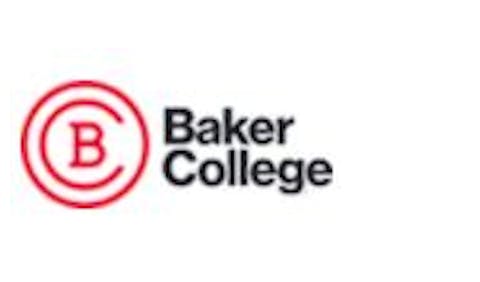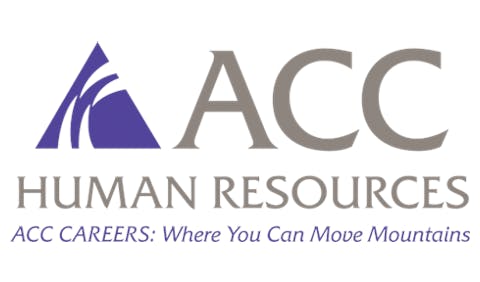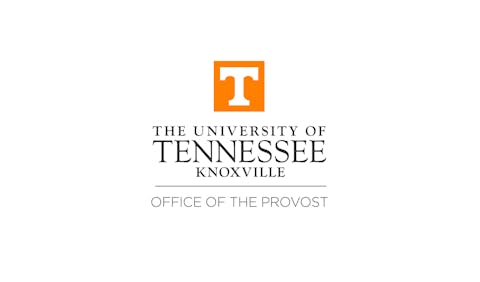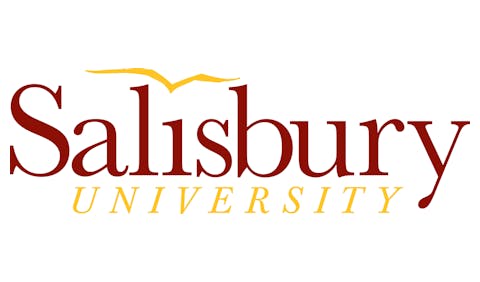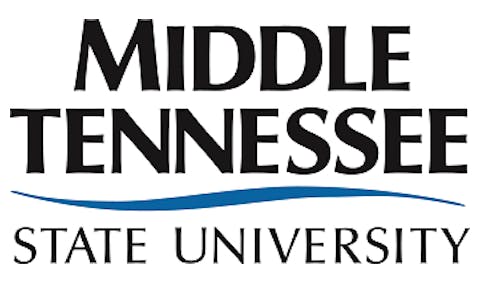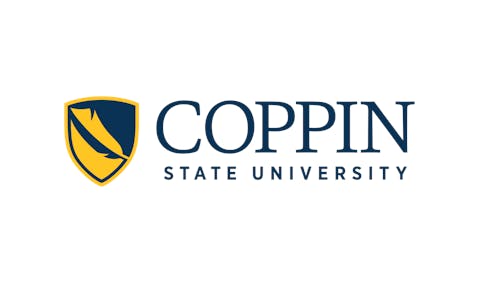Artificial intelligence (AI) has created a shifting dynamic in how society is increasing its efficiencies while elevating its productivity and mass disruption Dr. Mordecai Brownlee
Dr. Mordecai Brownlee
The evolution of how end-users obtain and utilize information spurred a new movement in education that LeiLani Cauthen described in her 2017 book, “The Consumerization of Learning.” According to LeiLani, “When learning is personalized and can be done anywhere, continued relevancy for schools will rely on providing what the present generation values the most—quality experience.” It is this quality experience that learners courting and attending our community colleges expect to receive, and failure to provide will lead to continuous declines in enrollment and confidence in higher education.
Community Colleges Are Well Positioned
Historically, equity and inclusion in higher education have been shaped by various legislation and milestones that improved learner access in America. These historical progressions made the relationship between college access and inclusiveness symbiotic. Essentially, the more accessible an institution was, the more inclusive it was, and as a result, the more diverse it became. Community colleges have long been considered a unique sector of the American higher education system utilized to advance higher educational access and economic mobility. Despite the stigmas some have imposed on community colleges, others like Delilah Brumer, a sophomore attending Los Angeles Pierce College, have declared it is time to rethink how community college is viewed.
In the post-pandemic era of higher education, college access, public trust in higher education, and AI are all converging in a disruptive way, ushering in a new standard for our learners. In 2023, the World Economic Forum reported that employers expected 44% of workers’ skills to be “disrupted” within five years. Furthermore, employers expressed in this report that more than 75% of companies intend to adopt big data, cloud computing, and AI features within the same five-year period. Paired with the first phase realities of the enrollment cliff thanks to demographic shifts, inflation, increased cost of living, and the increase in the working adult populations attending our institutions, community colleges must retool their institutional access and economic mobility agendas to ensure market responsiveness and meet learner expectations. Interestingly, at the Community College of Aurora, over 40% of our learners identify as adult learners.
The following are three considerations for educators serving this critical higher education sector to consider:
Access
As expressed in an article I wrote earlier this year, AI should be used as a tool to enhance human interaction rather than replace it altogether. One example of achieving this is using AI to increase administrative automation of functions like live chat features on your college website with chatbot integrations like what we use at the Community College of Aurora. Powered by Gecko, this technology has effectively increased our ability to answer prospective and current student questions 24 hours a day, seven days a week. The software also allows for information generated to be translated into various languages, which is critical for our institution as we have over 60 countries represented within our student body. Furthermore, the interactions between humans and our chatbot provide reports that allow our institution to program automated responses for future interactions and inform our institution of the nature of content necessary for our website and essential resources around the college to meet student needs.
Economic Mobility for Diverse Communities
According to the American Association of Community Colleges, community college students account for 38% of all undergraduate students nationwide. Of those enrolled for credit-based instruction, 43% are White, 28% are Hispanic, 12% are Black, and 6% are Asian/Pacific Islander. Remarkably, of those attending, 32% of all community college attendees are first-generation college students. With 59% of these students attending part-time working full time and 23% of part-time students working part-time, AI serves as a critical means towards streamlining credential attainment to improve the economic mobility of these learners. As recently shared by Joel Vargas, vice president of the education practice at the national workforce nonprofit Jobs for the Future, Competency-based education (CBE) and the integration of AI allows for community colleges to develop direct assessment CBE model with personalized learning experiences focused on students’ mastery of knowledge and skills. These personalized paths enable learners to use their well-earned skills and knowledge gained through work experience and apply it toward fulfilling a certificate or degree and shortening their time towards completion.
Accessibility
As we consider college access from an entry perspective, we also have a responsibility to consider it from an accessibility perspective. Adaptable learning platforms designed to adjust to learner needs and abilities, transcription, translation, caption capabilities, and assistive technologies for visually and hearing-impaired learners integrated within our community colleges are long overdue. While pricing over the years has proven to be a barrier for many institutions seeking to utilize these resources, AI has now made many services affordable and scalable with cloud-based technologies. At the Community College of Aurora, our Office of Disability and Equity has implemented Kurzweil Education and Read&Write to enable our ability to make our curriculum accessible to all students. Furthermore, we have utilized student focus groups to discover emerging AI tools and resources to advance our accessible learner experiences.
Community colleges have a rich history of serving as open-admission institutions and pioneering college access in America. As the country prepares to navigate uncertain economic realities ahead and workforce participation remains below pre-pandemic levels, the positionality of community college as an educational sector is bound to grow in significance—especially within business, industry, and prospective learner communities. Such significance will depend on the sector’s ability to quickly develop programs to meet workforce partners’ needs, pivot away from programs that are no longer practical or employable, create more robust transfer pathways with four-year institutions that further diversity industries riddled with under-representation, and embrace a newfound commitment to the access and economic mobility of learners by deeply embedding AI throughout the entire student life-cycle.
Dr. Mordecai Brownlee is President of the Community College of Aurora.











